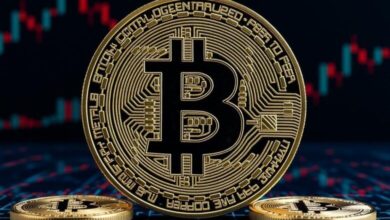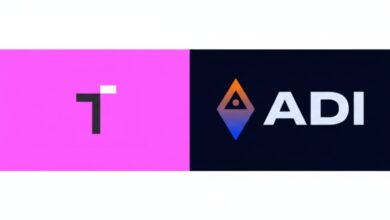
Cardano faced one of its most disruptive incidents to date on Nov. 21, when a malformed transaction triggered a long-standing software bug and briefly split the blockchain into diverging versions, forcing major exchanges to halt ADA trading and prompting federal investigators to step in.
The disruption began when a delegation transaction exploited a vulnerability first identified in 2022. According to development teams, the faulty transaction passed validation checks on newer node software but was rejected by older versions, creating inconsistent ledger states across the network. One developer later acknowledged that test procedures missed crucial safeguards, allowing the issue to escape into production.
Cardano’s engineering teams responded within hours, pushing emergency fixes and working to bring nodes back into alignment. By the next day, the chain had reorganized and returned to a unified state.
During the split, block explorers showed conflicting data, some DeFi applications processed transactions on only one fork, and others stalled entirely. Major exchanges including Coinbase and Upbit suspended ADA deposits and withdrawals, citing the need to ensure network stability. Users also experienced slower confirmations and occasional transaction failures.
Founder Charles Hoskinson likened the event to a “planned attack,” noting that authorities were reviewing the incident after a developer publicly admitted responsibility for crafting the problematic transaction.
Intersect, Cardano’s governance body, said law enforcement was notified because the transaction appeared intentionally designed to exploit the known bug. Shortly afterward, an engineer at Input Output Global resigned, citing concerns about the legal exposure developers may face for routine coding mistakes.
ADA’s wrapped asset briefly dipped before partially recovering in later trading.
Analysis: A Stress Test for Cardano’s Architecture
The incident, while resolved within hours, exposed several underlying structural challenges:
1. Client Diversity Stops Being a Strength When Validation Splits
Different node versions validating the same transaction in completely different ways is a red flag. It highlights how heterogeneous client ecosystems, while meant to strengthen decentralization, can become a weak point when testing is inconsistent.
This is not unique to Cardano: Ethereum and Solana have also experienced client-desync events. But Cardano’s case stands out because the vulnerability had been known for years.
2. Faster ZK-Proving and More Complex Smart Contracts Raise the Stakes
As Cardano shifts toward more advanced on-chain functionality, the cost of a validation bug grows. More complexity means:
- More attack surfaces
- More potential for version drift
- More risk of subtle, long-lived bugs
The event may increase pressure for stricter formal verification across all client implementations, which is something Cardano has long championed in theory.
3. Exchange Reactions Show the Systemic Risk of L1 Logic Errors
The speed at which Coinbase, Upbit, and others halted ADA trading highlights a broader reality:
In a multi-billion-dollar ecosystem, software assumptions breaking can have immediate financial consequences.
The markets reacted rationally. If a chain cannot guarantee consistent ledger state, assets tied to that chain become effectively untradable.
Cardano’s Crisis Should Be a Turning Point
The Cardano community will likely frame this event as an unfortunate but isolated software failure. It shouldn’t. This is a critical governance moment, and one that could affect credibility.
Here’s why:
• The vulnerability was known. It shouldn’t have reached mainnet
That points to a testing gap and a failure of internal process, not an unforeseeable exploit.
• Developer criminal liability is becoming a real fear
The engineer’s resignation raises questions about the growing legal exposure of blockchain developers.
When a single transaction crafted by a single contributor can trigger federal investigations, the industry needs clearer boundaries and better-defined accountability models.
• Cardano now has a chance to lead
If the ecosystem responds by strengthening:
- testing frameworks
- governance transparency
- client version coordination
- disclosure processes
…then this incident could become a turning point rather than a long-term reputational wound. However, if the community downplays it, the market eventually won’t.





